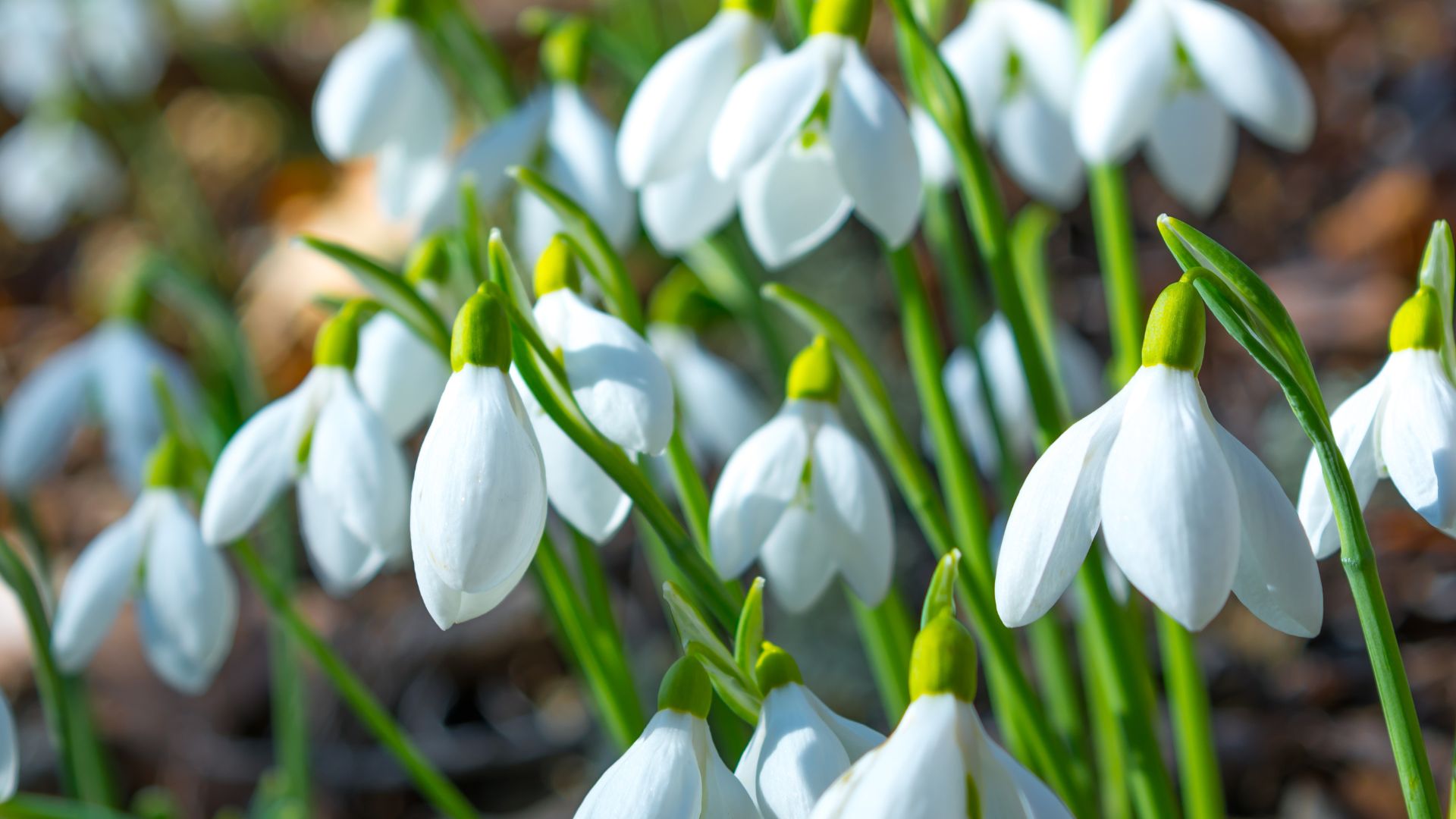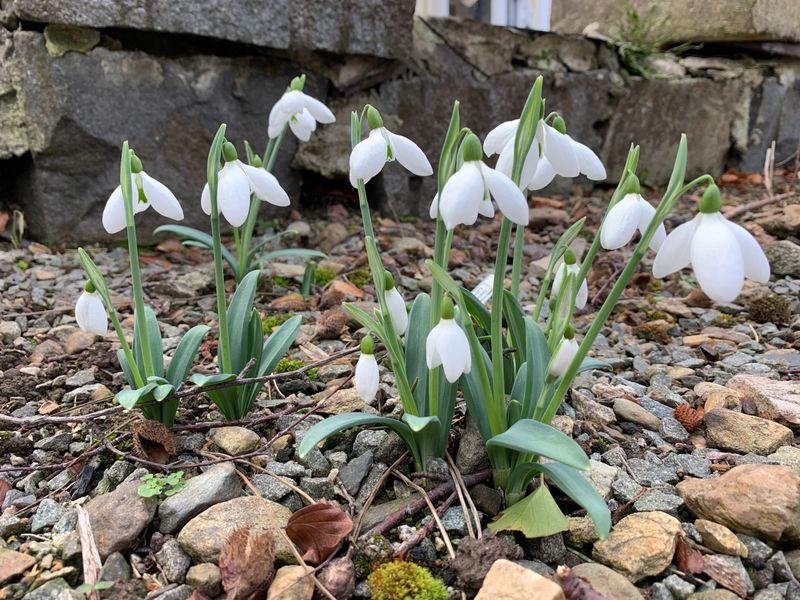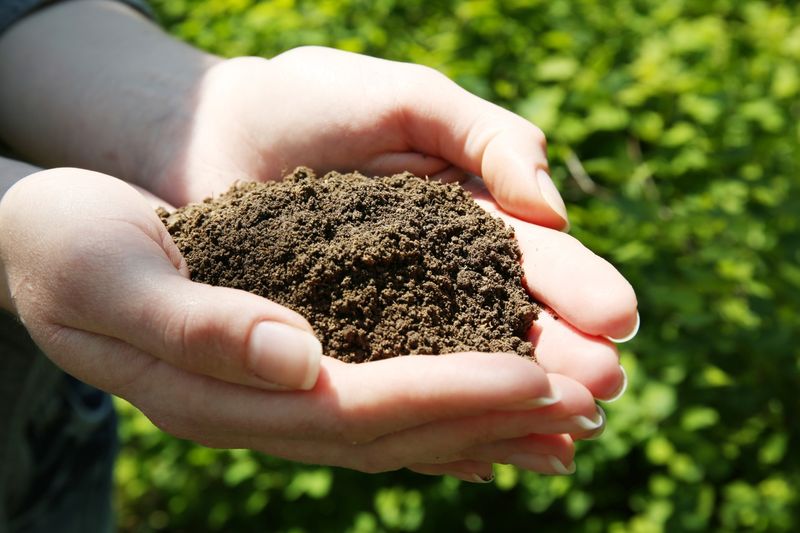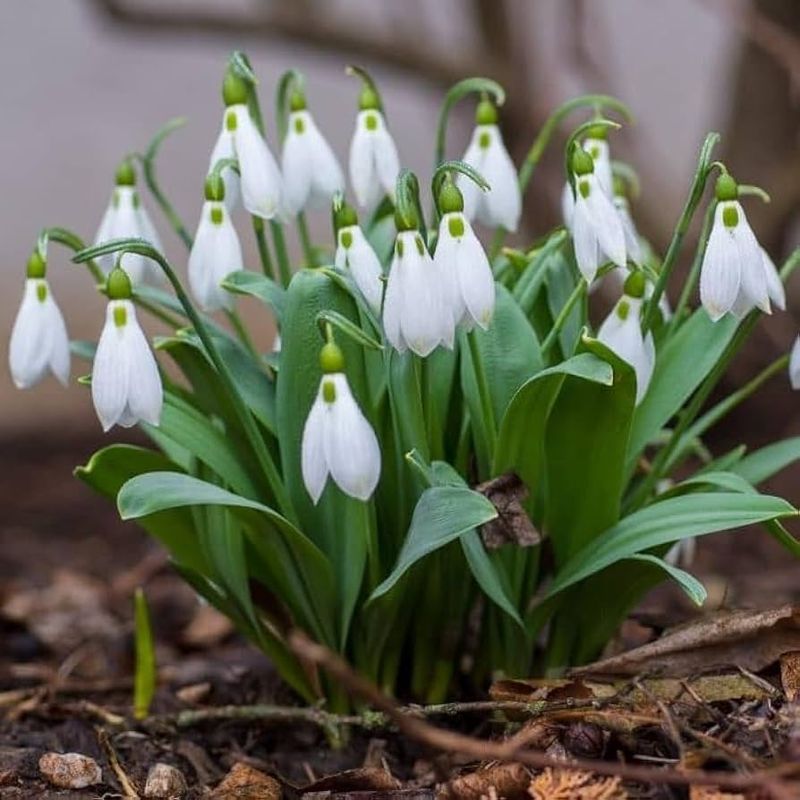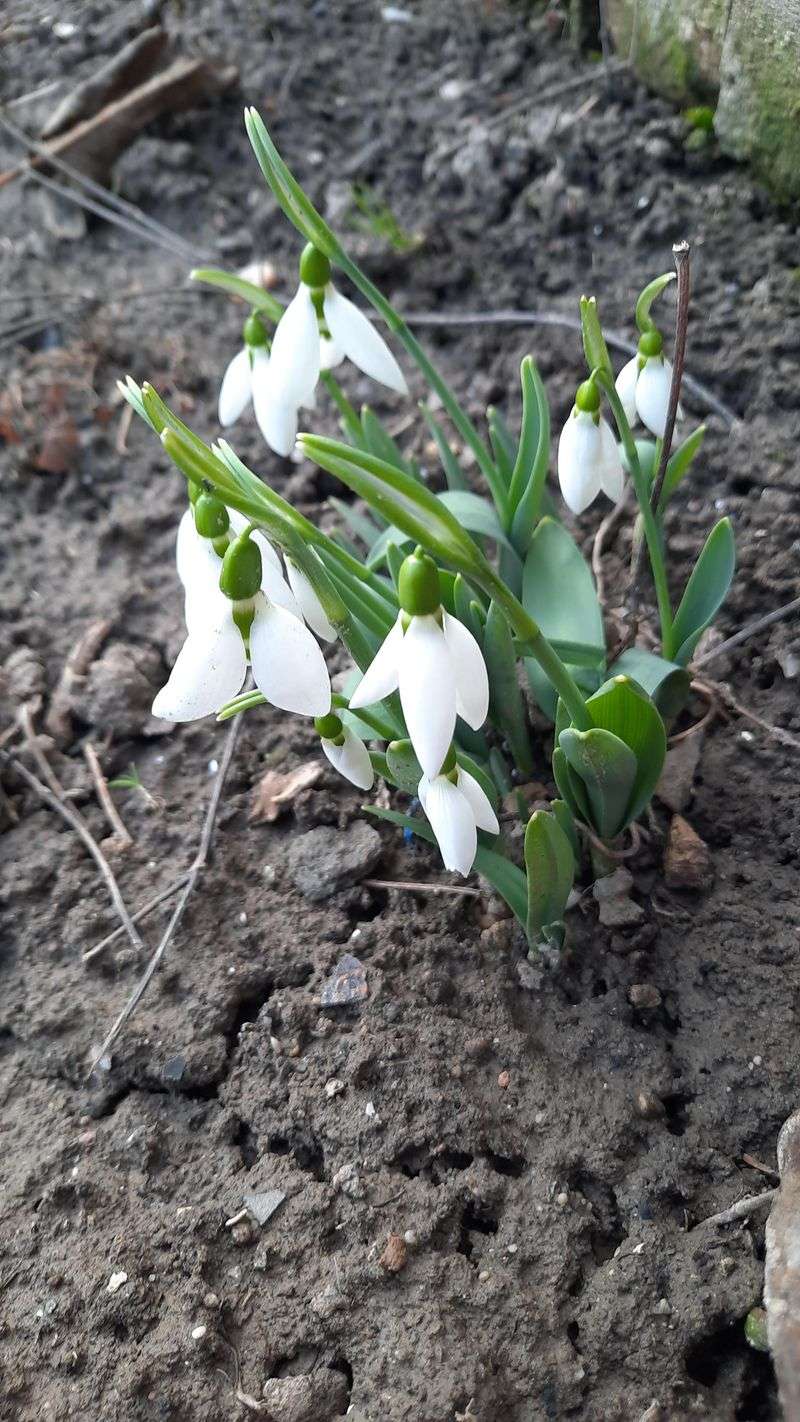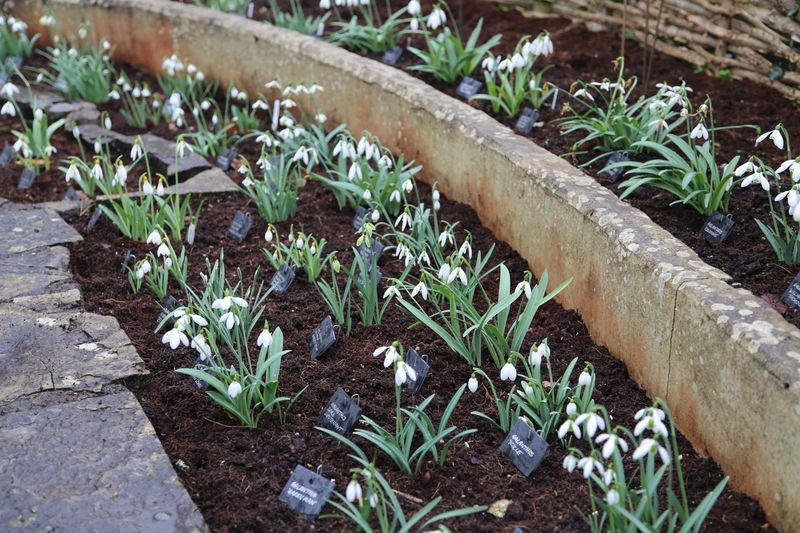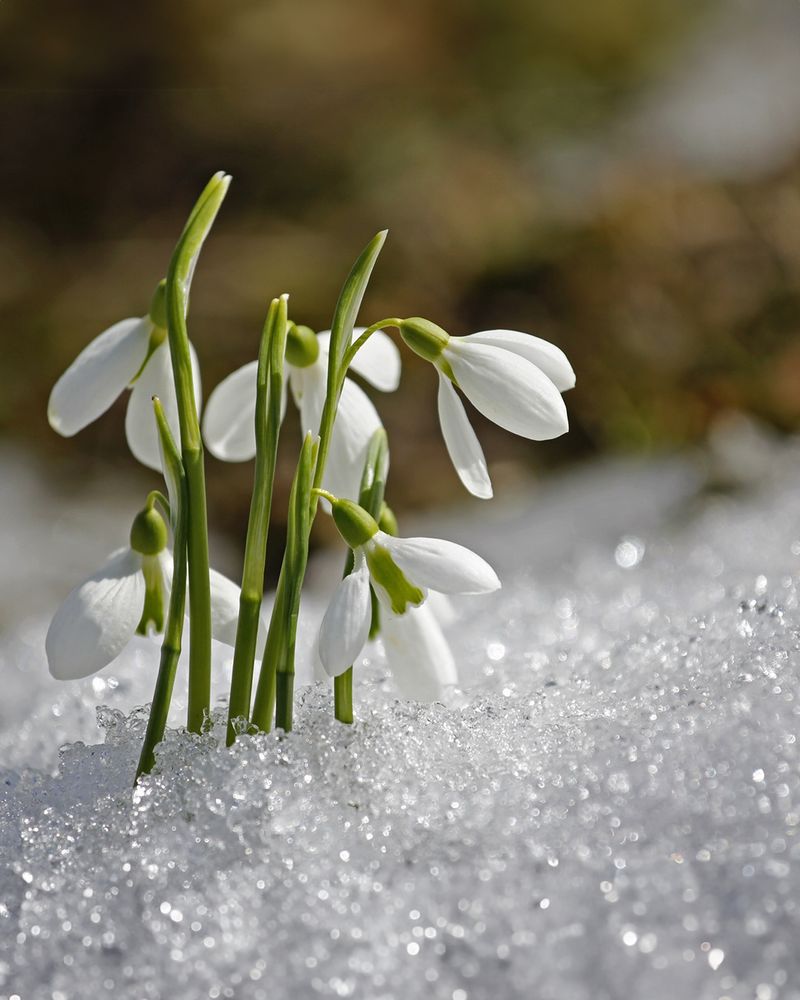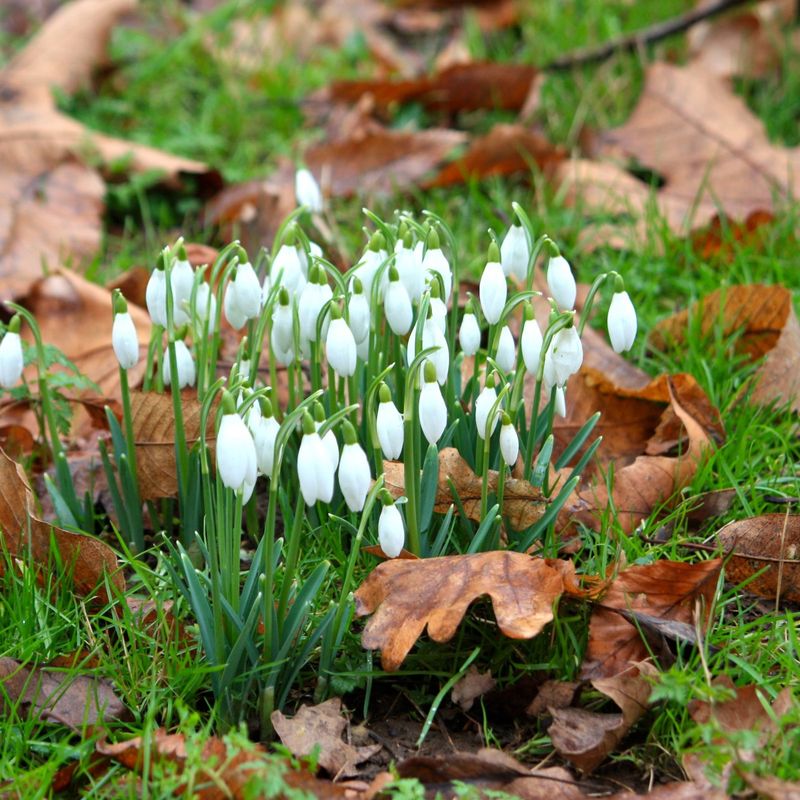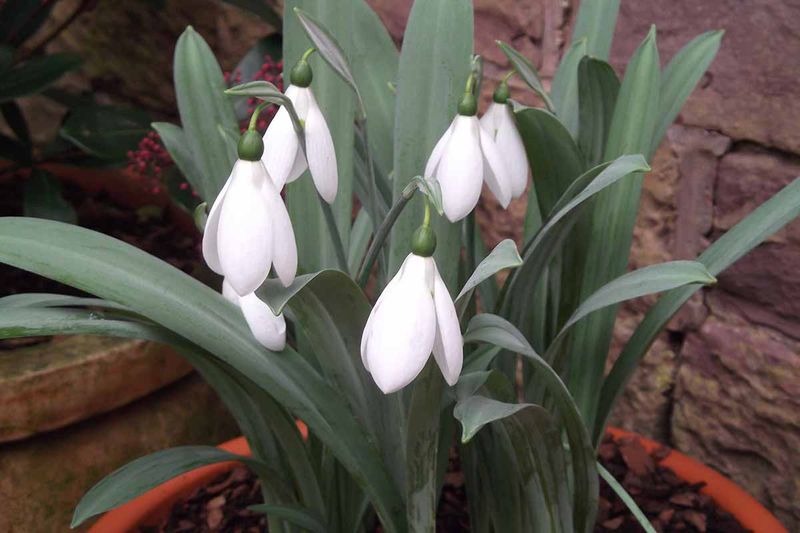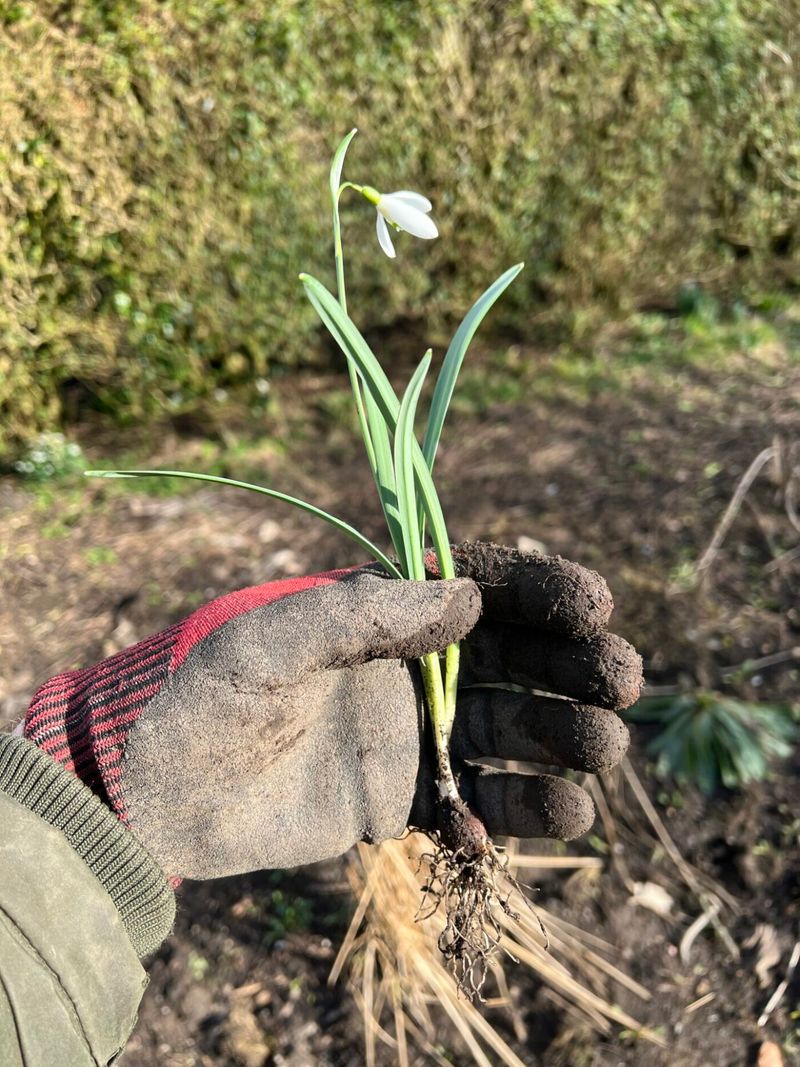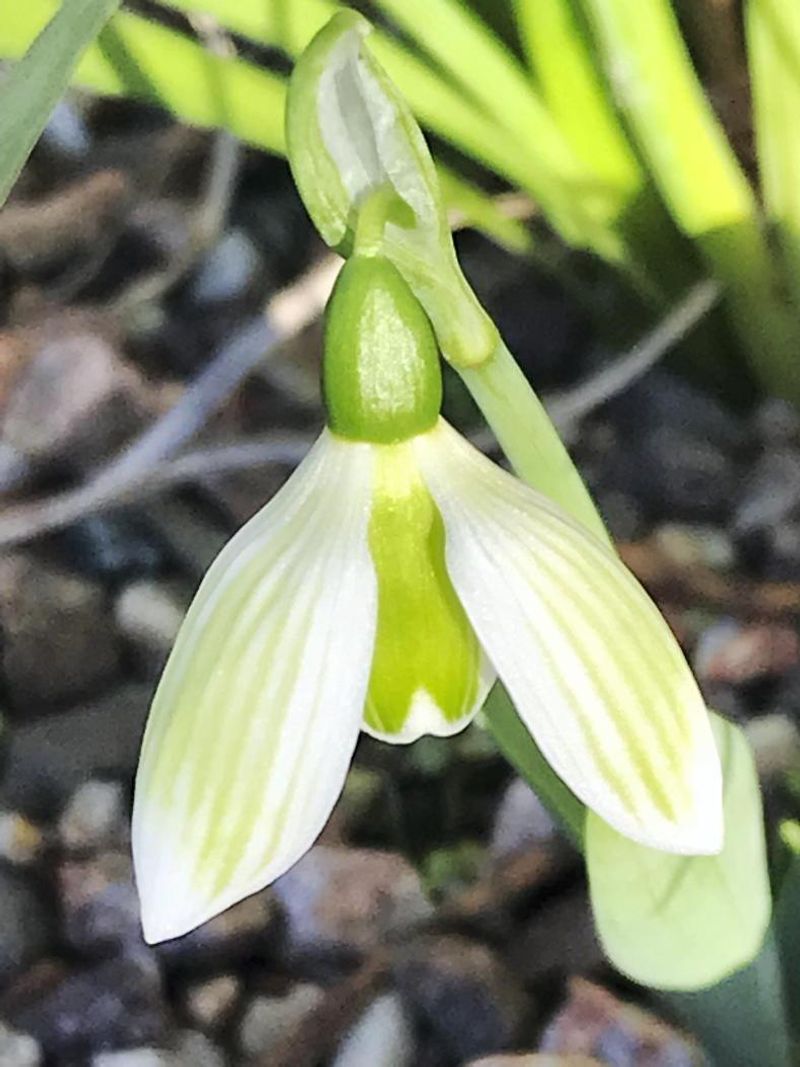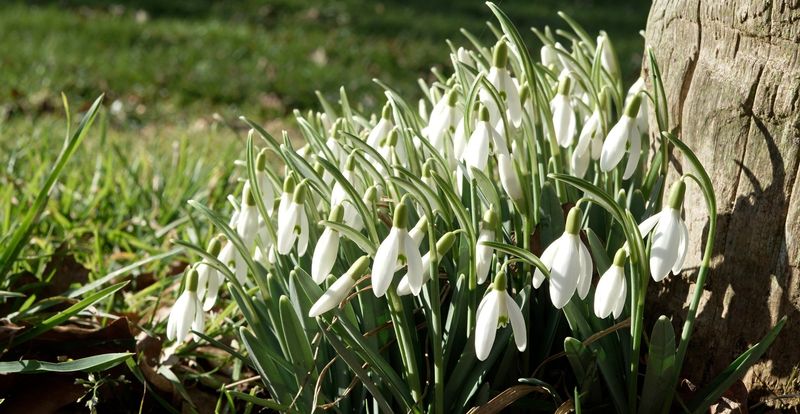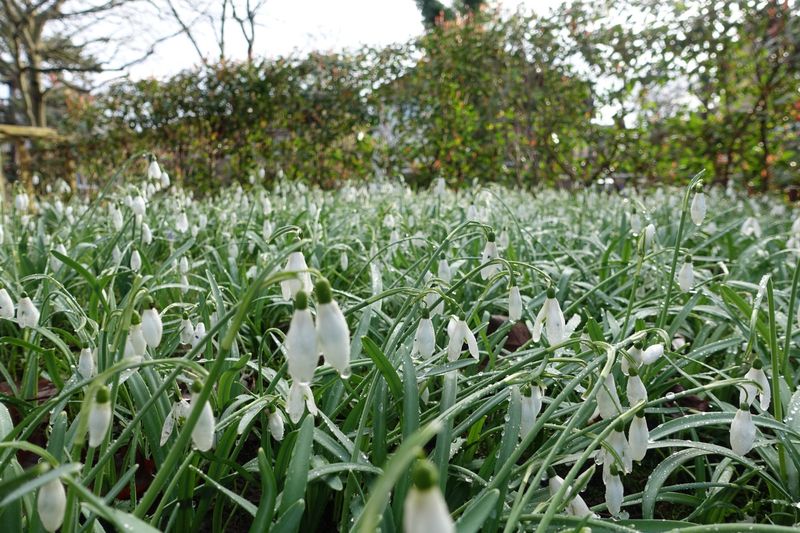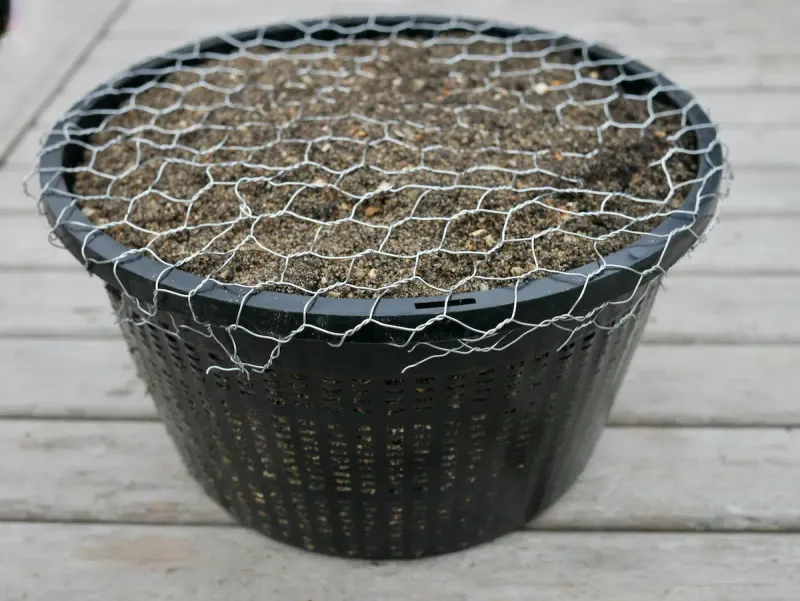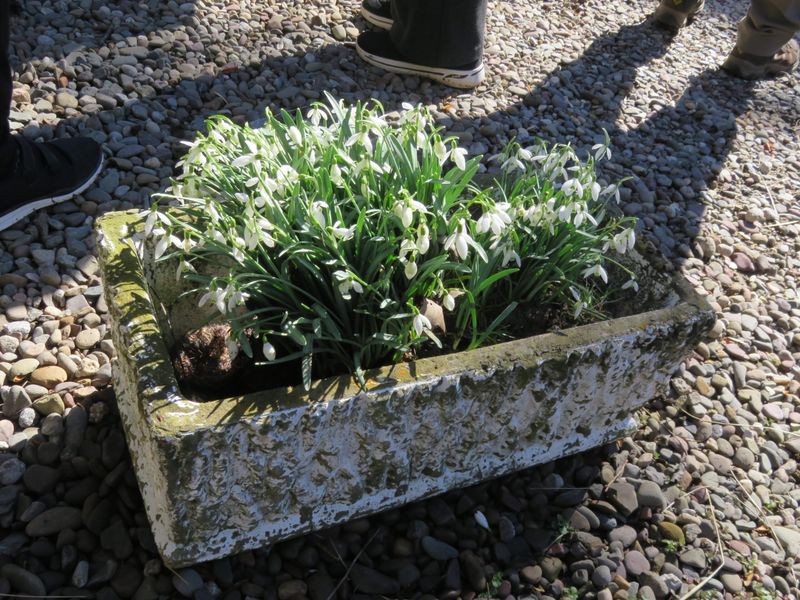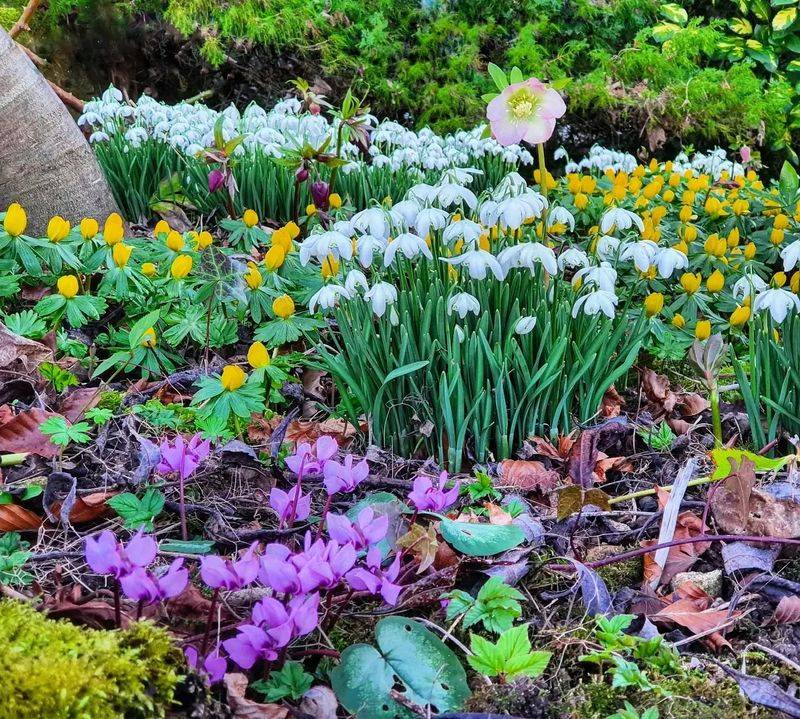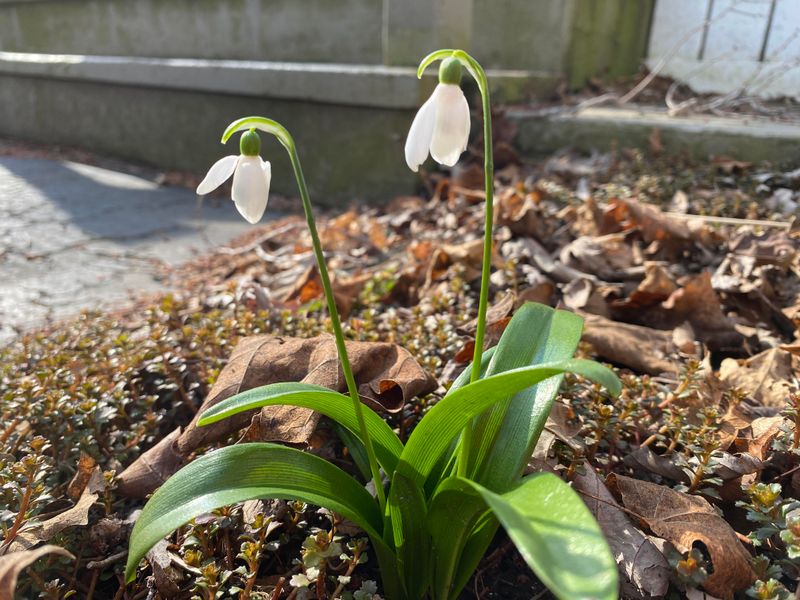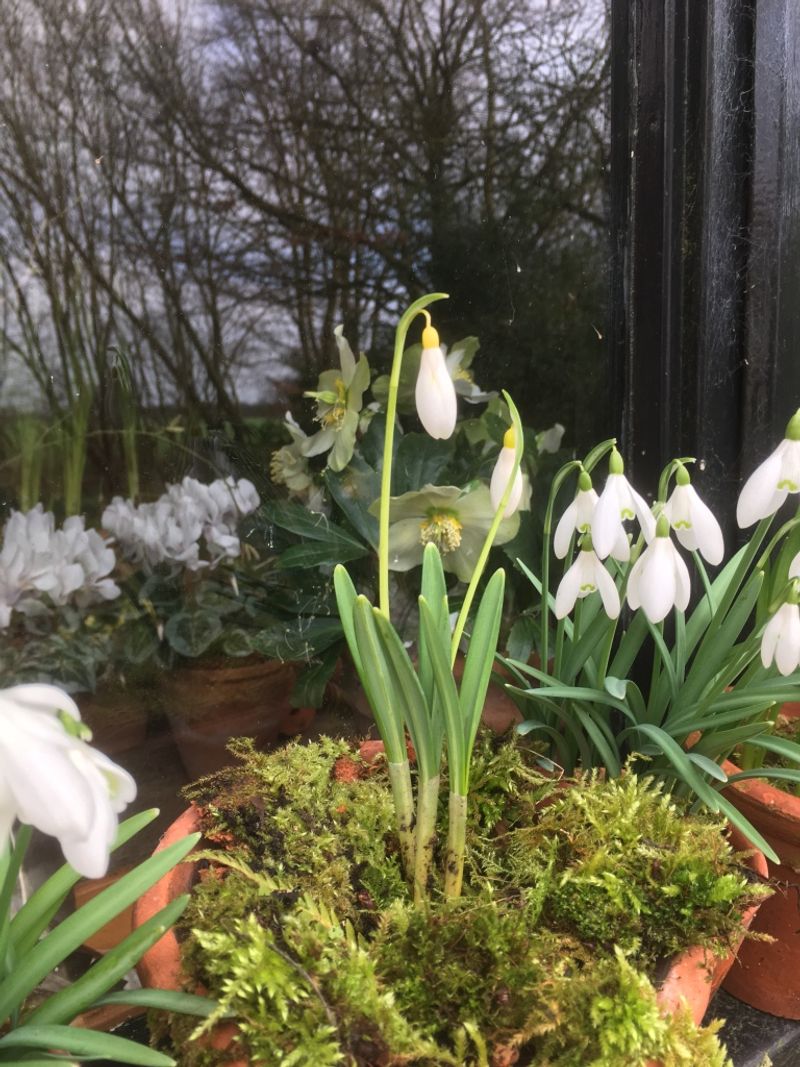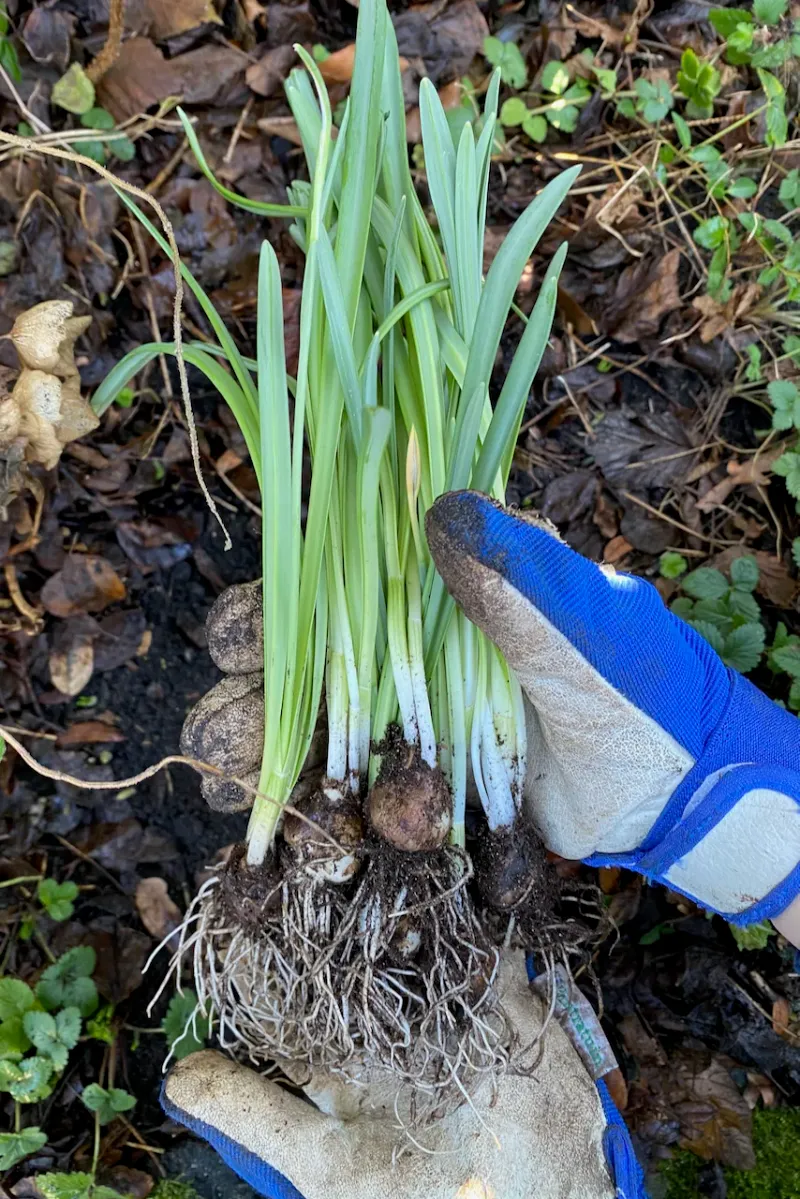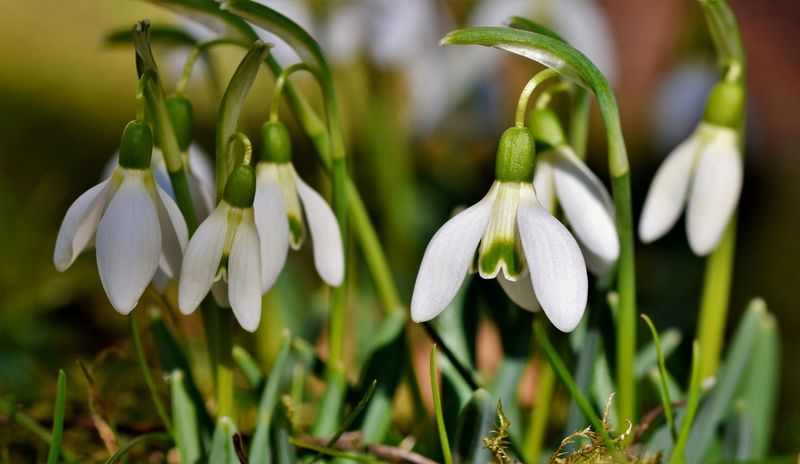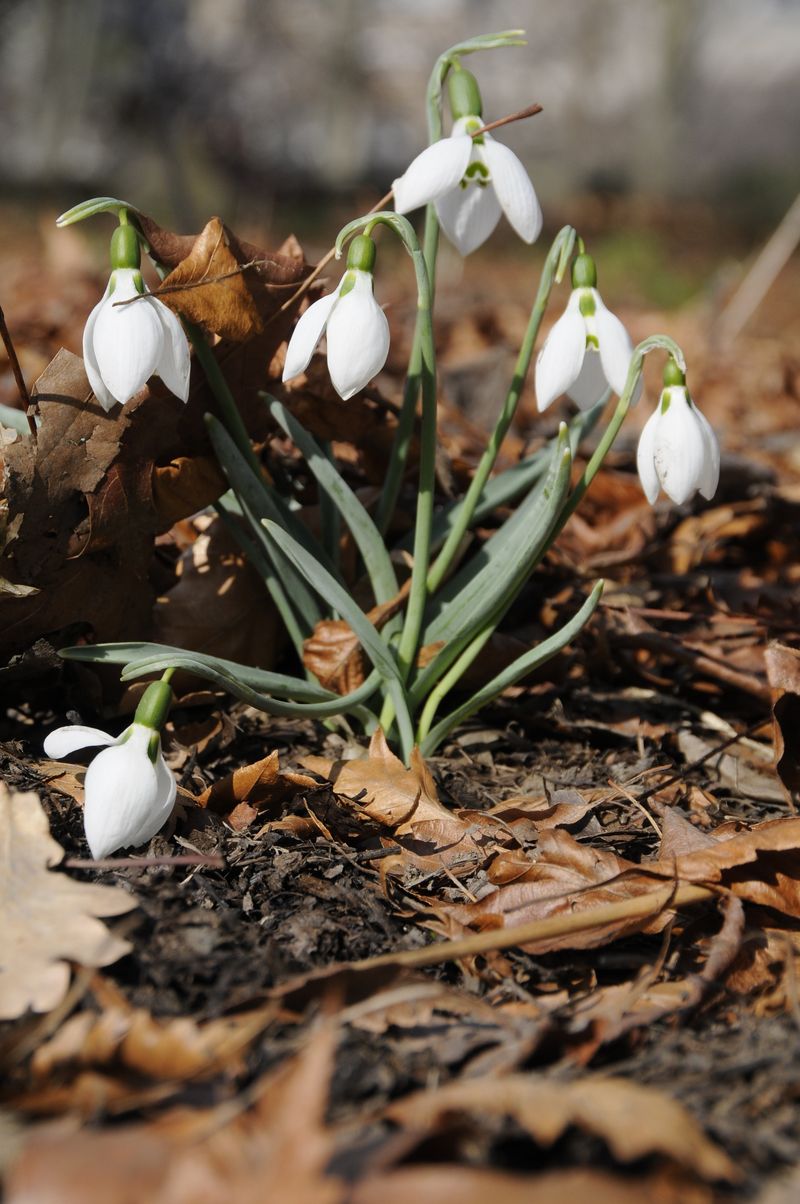Snowdrops are one of those little joys of gardening that always seem to sneak up on you when you need them most.
If you’re a seasoned gardener or just starting to play in the dirt, these early bloomers bring a fresh breath of spring as they push through the winter chill. With a few easy tips and a sprinkle of humor, growing snowdrops becomes a fun and rewarding journey.
Here are some simple, yet helpful ideas to help your snowdrops thrive. Trust me, watching them bloom is totally worth it! So, grab your gardening gloves and let’s get started!
1. Choose The Right Variety For Your Climate
Trust me, picking the right snowdrop variety for your climate is like choosing the perfect outfit for the weather.
I remember opting for a variety that was supposed to thrive in cooler climates, only to find it wilting under the sun. Lesson learned! Check with local gardeners or nurseries to ensure you’re getting a variety well-suited to your area.
It’s like matchmaking for your garden, and when you get it right, it’s pure magic. Consider factors like bloom time and hardiness to ensure your snowdrops are happy campers.
2. Plant Snowdrop Bulbs In Fall For Best Results
I can’t stress enough the power of planting bulbs in the fall. There’s something satisfying about getting your hands dirty before the frost hits.
When I first started, I jumped the gun and planted in spring, only to await blooms that never appeared. Planting in fall gives them time to establish roots, preparing for an early spring show. It’s about patience and trust in nature’s timing.
Your bulbs will thank you for giving them a head start, and come spring, you’ll be rewarded with those charming nodding flowers.
3. Select A Well-Draining Soil To Prevent Rot
Ever wondered why snowdrops might struggle in your garden? The secret often lies in the soil. A well-draining soil ensures water doesn’t drown those precious bulbs.
Imagine wearing waterlogged boots—uncomfortable, right? Your snowdrops feel the same about soggy conditions. Test your soil ahead of time. Is it too compact? Add some sand or grit. Snowdrops prefer a balance, like the perfect cup of coffee.
Not too watery, not too dry. This simple soil tweak can make all the difference in achieving those glorious spring blossoms.
4. Pick A Shady Or Partially Sunny Location
Choosing the right spot for snowdrops is like picking a sunbathing location with the perfect amount of shade. Full sun can be a bit too much, like sunburn territory.
Instead, look for partial shade where they can enjoy filtered light. Think of it as their personal beach umbrella without the need for sunscreen.
Finding that sweet spot ensures they thrive without stress. Too much sun might leave them droopy, while too little can stunt their growth. It’s all about balance to keep those blossoms perky and cheerful.
5. Space Bulbs Properly To Allow Growth
Spacing is crucial, and I learned this the hard way by cramming bulbs too close together. Snowdrops need their space, much like we do after a long day.
I once planted them in a tight cluster, and they ended up competing for resources, resulting in lackluster blooms.
Aim for about three inches apart to give them room to breathe and grow. It’s like setting up individual apartments rather than cramming them into a shared dorm room. This spacing gives each bulb its own spotlight to shine.
6. Plant At The Right Depth (About 3 Inches Deep)
Planting depth matters more than you think. Imagine being buried under too many blankets or not enough—neither is comfortable.
Snowdrops thrive when planted about three inches deep. Too shallow, and they may topple over; too deep, they struggle to emerge. Use a trowel to measure out the depth and ensure each bulb is snugly nestled into the earth.
It’s like tucking them in for a long winter’s nap, ensuring they wake up refreshed and ready to bloom come spring. This precision pays off with stunning floral displays.
7. Ensure Soil Is Moist But Not Waterlogged
How do you know when your soil’s just right? Think of it as the Goldilocks zone—not too wet, not too dry. Have you ever overwatered, thinking you were doing your plants a favor, only to see them flail? Snowdrops appreciate a soil that’s moist but not soggy.
Use your finger or a moisture meter for a quick check. Are you guilty of giving your plants a bit too much love? It’s a common pitfall. Finding that balance is key to nurturing snowdrops that stand tall and proud when spring arrives.
8. Use Mulch To Protect Bulbs In Harsh Winters
Mulch serves as a cozy blanket for snowdrops during harsh winters. It helps insulate them from the cold, much like wrapping yourself in a warm scarf.
Applying a layer of organic mulch after planting can make a significant difference in their survival. When winter hits hard, you’ll be grateful for this extra step. Imagine the bulbs snug and secure, shielded from the worst of the weather.
This protective layer not only keeps them warm but also maintains soil moisture, setting the stage for vibrant spring blooms.
9. Avoid Overwatering Once Established
Overwatering is a common mistake. Once snowdrops are established, they don’t need gallons of water. It’s tempting, I know, but restraint is key.
Think of it as parenting—sometimes less is more. You want to foster independence, not smother them with liquid love. Established snowdrops thrive with minimal watering, as they rely more on natural rainfall. Give them room to breathe, and they’ll reward you with abundant blooms.
Overdo it, and you risk bulb rot. It’s about finding that delicate balance and trusting nature to take its course.
10. Fertilize Lightly In Early Spring
Fertilizing snowdrops is like giving them a morning coffee—just a little boost to get them going. I remember once dumping a heap of fertilizer, thinking it would supercharge my blooms.
What a mistake! A light application in early spring is all they need. Use a balanced fertilizer and sprinkle it gently around the plants. Overdoing it can lead to more harm than good.
Think of it as a gentle nudge rather than a full-on push. This small effort sets them up for a successful blooming season.
11. Divide Clumps Every Few Years To Prevent Overcrowding
Ever find your snowdrops looking a bit crowded? It might be time to divide them. Snowdrops, like us, need space to thrive.
Every few years, dig up clumps and separate them gently. It’s like giving them a new lease on life with a bit of personal space. Overcrowding can stunt growth and diminish blooms. Dividing bulbs isn’t as daunting as it sounds—it’s a chance to spread the beauty around your garden.
This practice keeps them healthy and ensures a more impressive display year after year.
12. Allow Foliage To Die Back Naturally For Energy Storage
You ever get impatient and cut back foliage too soon? Snowdrops need those leaves to soak up the sun and store energy for next year. It’s tempting to tidy up, but patience pays off.
Think of the leaves as solar panels for the bulbs. They’re busy photosynthesizing, gathering strength. Have you ever wondered if your impatience is hindering their potential? Allow nature to take its course, and your snowdrops will thank you with vigorous growth.
This little act of patience ensures a more robust display come spring.
13. Avoid Cutting Back Leaves Too Soon
It’s tempting to snip those leaves when everything else is tidy, but resist the urge. Cutting them back too soon can rob the bulbs of stored energy, crucial for next season.
Snowdrops know what they’re doing! Like letting a kid finish their dinner, give them time. Leaves may look untidy, but they’re working hard.
By allowing them to die back, you’re setting the stage for a stunning performance next spring. Trust the process and let those leaves do their job. Your snowdrops will repay you in full bloom.
14. Naturalize Snowdrops In Lawns For A Stunning Effect
Have you tried letting snowdrops naturalize in your lawn? It’s like letting your hair down and embracing the wild side of gardening.
By scattering bulbs randomly, you create a natural-looking display that’s both charming and low-maintenance. It’s as if snowdrops have decided to throw a garden party, and everyone’s invited! Mowing? Wait until leaves have died back to keep the cycle going.
This approach gives your garden a relaxed, effortless feel. The surprise of snowdrops peeking through the grass is sure to bring a smile every spring.
15. Protect Bulbs From Rodents With Wire Mesh
Rodents can be a real menace to snowdrop bulbs. I’ve had my share of bulb disappearances, only to find burrows in their place. To protect these gems, I now use wire mesh over planting areas.
It’s like putting up a fence, only sneakier. This barrier keeps the pesky critters at bay while allowing snowflakes to emerge unscathed. It might seem like an extra step, but it’s worth the effort.
Your snowdrops are precious, and a little mesh can ensure they bloom without becoming someone’s snack.
16. Grow In Containers For Easy Maintenance
Growing snowdrops in containers is a game-changer for those with limited garden space. It’s like having a portable garden that you can place wherever you fancy. Containers offer control over soil and positioning, making maintenance a breeze.
Worried about harsh winters? Simply move them to a sheltered spot. This method allows for creativity and flexibility, offering snowdrops the perfect environment to thrive.
Plus, container gardening makes it easier to keep an eye on them, ensuring they get the attention and care they deserve.
17. Combine With Other Early Spring Flowers For Color
Ever thought about pairing snowdrops with other early bloomers? It’s like throwing a color party in your garden. Mixing snowdrops with crocuses or daffodils adds visual interest and layers of beauty.
Have you ever wondered how to make your garden pop without too much effort? This combination creates a vibrant tapestry that’s both eye-catching and delightful. By selecting plants with complementary bloom times, you ensure a continuous display of color.
It’s a simple way to elevate your garden’s charm, making every spring morning feel like a celebration.
18. Deadhead Spent Blooms To Focus Energy On Growth
Deadheading is like giving snowdrops a little TLC. Removing spent blooms helps direct energy back into the bulb, promoting robust growth. Have you noticed how fresh your garden looks after a little trim?
It’s the same for snowdrops. By snipping off faded flowers, you’re encouraging them to focus on what matters—growing strong and healthy. It’s a simple task that pays off in dividends.
Your efforts will lead to a garden that’s not only tidy but also full of life, ready for the next blooming cycle.
19. Check For Pests And Fungal Diseases Regularly
Keeping a watchful eye on your snowdrops can prevent small issues from turning into big headaches. I once ignored a few spotted leaves, only to face a fungal fiasco later.
Regular inspections help catch pests and diseases early. It’s like giving your plants a check-up. Have you ever underestimated a small problem, thinking it’ll go away? Snowdrops need this attention to stay healthy.
By being proactive, you ensure they remain vigorous and strong. A little vigilance goes a long way in maintaining a flourishing garden.
20. Replant Bulbs Immediately After Dividing
Dividing snowdrops? Don’t let those bulbs linger out of the ground for too long! I learned this the hard way when I left them in the sun, thinking they’d be fine.
They weren’t. Replanting immediately after dividing ensures they don’t dry out and can establish quickly. It’s like catching a flight—you don’t wait around if you can help it.
This immediacy helps maintain their vigor and prepares them for a successful bloom. Ensuring they’re replanted swiftly gives your snowdrops the best chance to thrive.
21. Encourage Self-Seeding For Larger Displays Over Time
Ever wondered how to get a snowdrop spectacle without constant planting? Encourage self-seeding by allowing some blooms to go to seed. It’s like letting your garden do the heavy lifting.
Have you ever wished your flowers would multiply without intervention? This natural process results in a magnificent spread over time. It’s a hands-off approach that pays off with minimal effort.
By trusting nature’s way, you’ll enjoy a garden that seems to expand on its own, bringing even more joy with each passing year.
22. Enjoy Their Delicate Beauty As A Sign Of Spring’s Arrival
I’ll never forget the first time my snowdrops signaled spring. It was like nature’s confetti, celebrating the end of winter. Each bloom felt like a little cheerleader shouting, “You made it!”
Their delicate beauty is a reminder that brighter days are ahead. Have you ever stopped to just enjoy the small victories in life? Snowdrops are one such victory, rewarding patience and care with their presence.
As they pop up, take a moment to savor the season’s change. It’s these simple joys that make gardening worthwhile.

